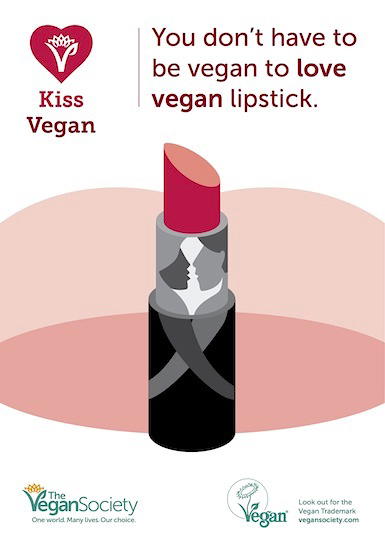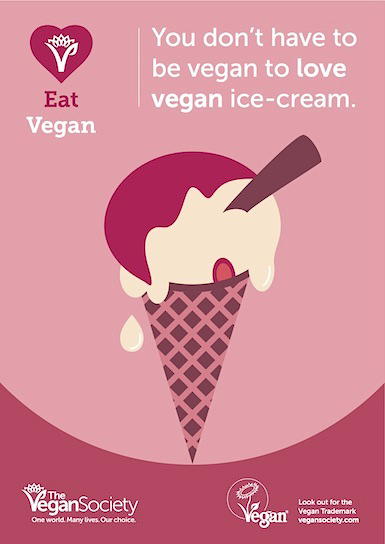M&S has formed a partnership with Great Ormond Street Hospital Children's Charity to fund groundbreaking new research into children's gut disorders. We are donating £500,000, which will help to pay for a new gastroenterology research unit at the hospital.
The Gastroenterology department at Great Ormond Street Hospital is one of the UK's leading centres of excellence in treating complex diseases affecting the gut and other associated organs.
About Our Range
We offer a range of foods designed specifically for the nutritional needs of children. All our Simply Kids prepared meals and desserts will display our Eat Well sunflower logo. This means they must meet strict nutritional criteria for calories, protein, fat, saturated fat, added sugar and salt.
Our range now also includes Spaghetti and Meatballs, made with Aberdeen Angus beef, Fish Pie with Juicy Peas and Cheese and Tomato Pasta - and with the range starting at just 99p, Simply Kids is an affordable way of providing nutritious meals for kids - which will make mums and dads happy too!
Eating More Vegetables
Most of our children's prepared meals, including the Nice Rice Chicken and Sausage Mash and Gravy, contain at least one portion of vegetables which will count towards their 5 a day.
Snacking
A healthy diet can include snacks and to help chose the better options we have also launched a selection number of treats, such as biscuits and popcorn that are all portion controlled. At less than 150 calories each these products also meet the governments 2012 salt targets.
Additives
A particular concern for our customers are the levels of additives in children's food. In response to this we have worked with the Hyperactive Children's Support Group who support the limited range of additives that we allow in our children's range. This includes no artificial colours, flavourings, sweeteners, added preservatives or salt substitutes.
The design of the M&S packaging itself is really friendly and inviting with lots of bright colours and illustrations. The typography is also set in wide friendly looking fonts to once again make the packaging more inviting, making children and their parents want to pick them up and put them in their baskets. Once again characters have been used outlining what is contained in the dish. This time with cheese and tomato rather than an animal. I don’t really understand this concept of personificating something that you’re going to eat.
I went on to look for more adventurous packaging designs and came across these designs. I'm not entirely sure what food is contained in this packaging but I love how bold and quirky it is. I like how the packaging itself is a character, making it very appealing to young children. Perhaps I could use Perry and his friends as the packaging and use things like tags on them to provide all the information.
The Little Dish packaging is a more wide spread brand of food for children specifically ready meals. While less bright than other packaging designs I have come across the use of illustrations of characters for the corresponding meals makes it appealing to both children and their parents. Although I find it slightly sadistic that a chicken character is used for chicken meals and a salmon is used for salmon meals etc. It's like telling children that they have these friendly characters who are there to be eaten. I want to portray the opposite of this message in my packaging showing that you can save the characters by choosing not to eat meat.
A more simple design that I found was this one for yoghurt tubes. I really liked the use of the mixture of photographic elements and doodles on top of them. However I do feel like this would be aimed at a slightly older target audience to mine due to its minimal packaging. The use of black and white paired with the flavour colours makes them really bold and the flavours unmistakable. Although the doodles could be used to be interacted with while the children eat their lunches, like a colouring book. This made me think that maybe I should include a puzzle of some sort on my packaging.


















































